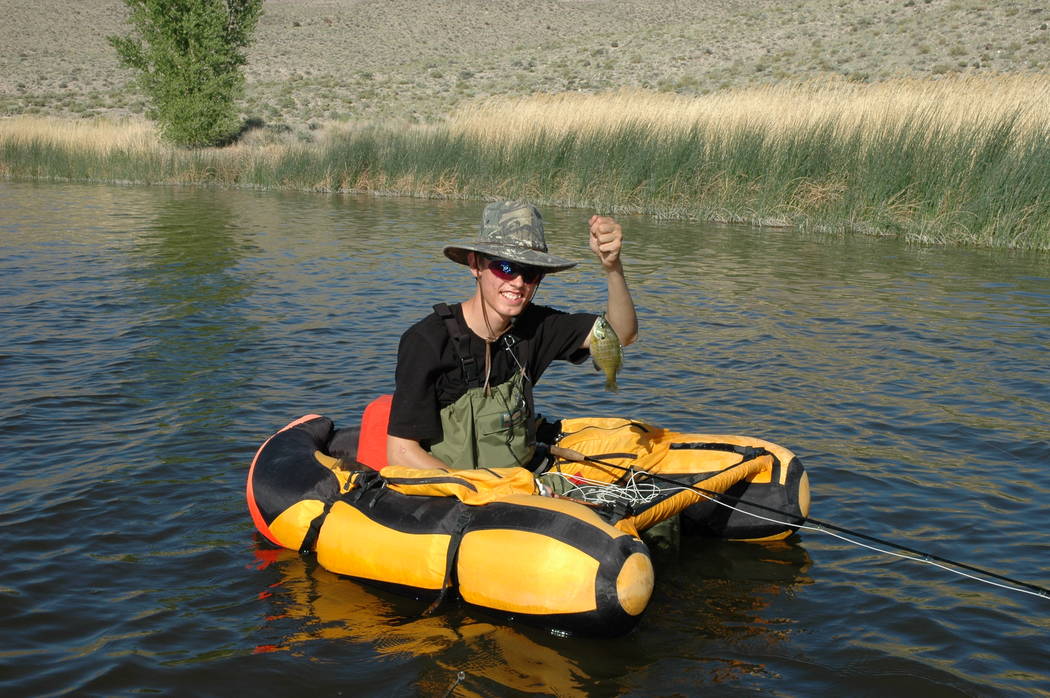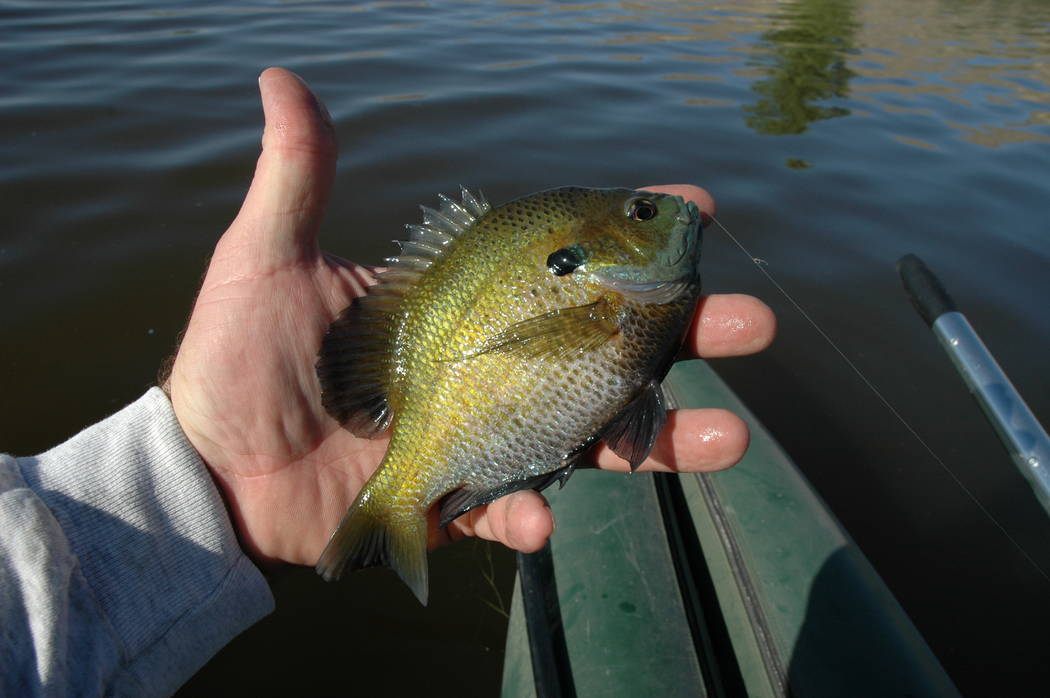Nesbitt Lake offers many fishing experiences



When it comes to picking an outdoor destination, many of us tend to focus on places with the most amenities or the largest number of positive internet reviews. Those aren’t necessarily bad qualities to look for but focusing on them can be more limiting than liberating.
While developed areas offer comfort and convenience, such as covered picnic tables, warm showers and flush toilets, oft times it is the simple, overlooked and even primitive locations that provide the most enjoyable outdoor adventures.
Much has been written, for instance, about the quality of fishing that can be found in a simple mid-western farm pond. These small waters can be home to some rather nice fish, but there is nothing fancy about them.
One of my friends moved from Southern Nevada to Missouri where the farm he purchased included a couple of small ponds. Though fishing wasn’t really his thing, he was curious about what might be living in those ponds, so he bought an inexpensive rod and reel while in town one day. Then he stopped long enough to throw a crankbait into one of those ponds. To his surprise a rather large bass came out of the dark and hammered his lure.
As you might imagine, he is now a little more into fishing than he was before.
While Nevada isn’t dotted with farm ponds filled with largemouth bass, bluegill and catfish, there are more than a few less-than-fancy reservoirs that offer excellent fishing opportunity to the angler willing to give them a try.
One of those simple reservoirs is Nesbitt Lake, a 200-acre impoundment lined with tule beds and the odd cottonwood tree. Neither camping nor campfires is permitted, and the only improvement you will find is a single chemical toilet.
To the average passerby, Nesbitt is barely noticeable and probably looks like little more than a green spot on the valley floor. Even most anglers drive right past it on their way to destinations farther north, but the small reservoir does provide fun fishing to those who are OK with not catching a wall-hanger. This makes it a great place for those who are just getting started with fishing or those who just like to feel a fish on the end of their line.
Nesbitt is home to bluegill, white crappie, black bullhead catfish and largemouth bass. None of these grow large by a fisherman’s standard, but they do get big enough to put a bend in your fishing rod. A big bass may reach 13 inches, but most are in the 8- and 10-inch range. And most of the catfish will fall somewhere between 10 and 12 inches in length. Bluegill and crappie are perhaps the most numerous and tend be hand-size or smaller.
Crappie and bluegill will both hit small crankbaits as well as jigs, and they will put a big hit on fly patterns resembling damsel flies. Bass will take plastic worms, night crawlers, top-water baits and big flies. Olive or black Woolly Buggers cast to the inside edge of the tules can be especially effective. Night crawlers and commercial catfish baits will fool the catfish.
Shore fishing is limited by the tule beds, but there are places where you can access the water. Another option is to don waders and work the inside of the tules, but be mindful of the water depth as you do. The bottom can be a little a slick, so pay attention to your footing.
Nesbitt is perfect for float tubes and paddle boats. Motorized boats are permitted but limited to a no-wake speed. You won’t find a concrete launch ramp, but there is a designated launch area. Perhaps the easiest place to launch tubes and paddle boats is at the south end, and from there you can work either shoreline.
As a rule, the best time to fish Nesbitt is between February and June. Since the fish are all warm water species, you may have to wait until things warm up in the spring, but don’t wait too long. By late May or early June, aquatic vegetation gets so thick that fishing is nearly impossible.
Nesbitt is located near the town of Hiko, about 110 miles north of Las Vegas near the junction of Highways 93 State Route 318.
Freelance writer Doug Nielsen is a conservation educator for the Nevada Department of Wildlife. His “In the Outdoors” column, published Thursday, is not affiliated with or endorsed by the NDOW. Any opinions he states in his column are his own. Find him on Facebook at @dougwritesoutdoors. He can be reached at intheoutdoorslv@gmail.com












